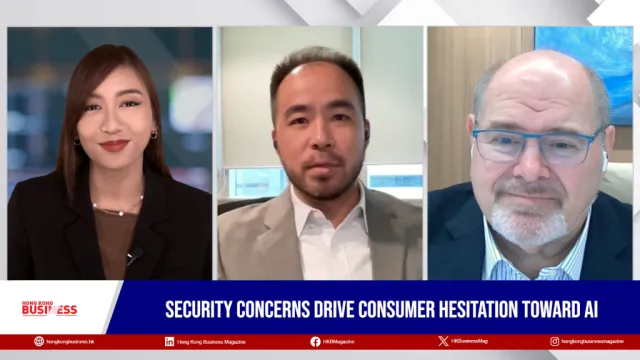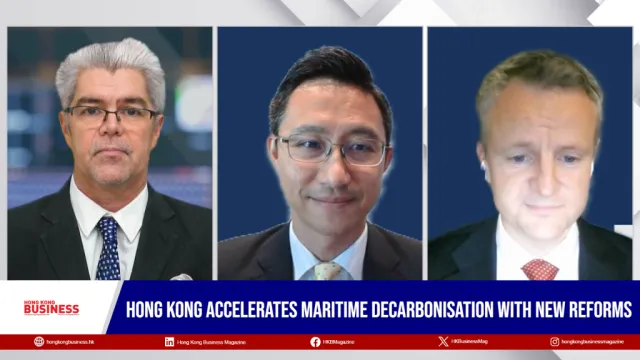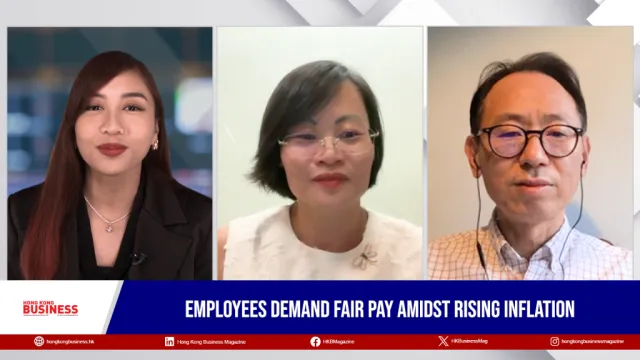
Tougher foreign hiring rules may strain workforce planning
Hong Kong’s catering industry is expected to be hit the hardest.
Further restrictions in Hong Kong’s foreign hiring are expected to lengthen recruitment timelines and push up labor costs, analysts said.
“This updated implementation forces businesses to compete more aggressively for local talent to fill employment needs,” Lancy Chui, senior vice president at ManpowerGroup, told Hong Kong Business.
“Human resource teams must now work more closely with operations to plan staffing well in advance,” she said in an emailed reply to questions. “It’s far more difficult to make follow-up requests for imported labor under the new timeline.”
Under Hong Kong’s revised Enhanced Supplementary Labour Scheme (ESLS) that took effect on 17 June, employers who apply to hire foreign workers for technician-level or lower roles can do so again only after six months. Renewals are an exception.
This is expected to affect workforce planning and operational flexibility.
Employers must report the number of full-time local employees alongside imported workers. The government will enforce a 2:1 ratio in favor of Hong Kong citizens. The Labour Department will also verify the authenticity of these figures.
Chui said the catering industry, which accounts for 41% of applications under the scheme, will be hit hardest. Security, retail, cleaning services, and transportation will also feel the impact.
“Labor demand in these industries is constantly fluctuating,” she said. “The new restrictions may limit their ability to respond quickly to workforce changes.”
The labour scheme, introduced in September 2023, lets companies import workers for lower positions when they face genuine hiring difficulties locally. From its launch until March 2025, more than 54,000 workers were approved for hiring.
Employers who pass initial screening must undergo a four-week local recruitment period before they can import labor. During this phase, their company name will be listed on the Labor department’s website to attract local jobseekers.
Zhong Liang, assistant economics professor at the University of Hong Kong, noted that while it’s too early to quantify the impact of the revised rules, Hong Kong can look to similar policies overseas.
A 2015 US regulation on nonimmigrant workers brought about $17.7m (US$2.25m) in added costs in the first year, including expenses tied to recruitment and documentation. “The US policy shares similar goals and could be a reference point for Hong Kong employers.”
“The stricter monitoring prevents employers from displacing local workers with cheaper imported labor,” Zhong said.
However, he warned that even a small influx of foreign workers in service-oriented industries, where local labor shortages are most severe, could distort wages and lead to an uneven playing field for local employers.
Labour and Welfare Secretary Chris Sun Yuk-han defended the changes at a news briefing on 18 June, citing Hong Kong’s “slowly declining” labour force. “The basic principle of ESLS is to ensure local workers are given priority in employment,”
Hong Kong’s unemployment rate rose to 3.5% in May, the highest since November 2022.
“Despite the challenges, employers can build a more resilient talent pool to cope with employment fluctuations in industries such as catering,” Zhong said.
Employers can boost their appeal to local talent by offering clear career paths and competitive pay.
Partnering with vocational schools for internships and apprenticeships could also help attract more local workers, he said.
Under the revised labour rules, imported worker contracts are capped at two years, giving locals more job stability.



















 Advertise
Advertise








